Urbanisation: Source & Stressors and Responses (In 4 Volumes)
One of the key geographical developments over the last two centuries has been that of urbanisation. In recent years this has exploded globally, particularly in developing countries. Between 2009 and 2050, the world population is expected to increase by 2.3 billion, from 6.8 to 9.1 billion. At the same time, urban populations are projected to increase by 2.9 billion, from 3.4 billion in 2009 to 6.3 billion total in 2050. In developing countries, urbanisation usually occurs when people move from villages to settle in cities in hope of gaining a better standard of living. The movement of people from one place to another is called migration. Migration is influenced by economic growth and development and by technological change and possibly also by conflict and social disruption. The process of urbanisation has positive as well as negative economic and social changes. Urbanisation affects land, water, air and wildlife because of the number of people, the amount of buildings and construction, and the increased demands on resources. It has impacts on the physical environment in several ways. This comprehensive book will be useful to students, teachers and policy makers related to urban planning.
Get it now and save 10%
BECOME A MEMBER

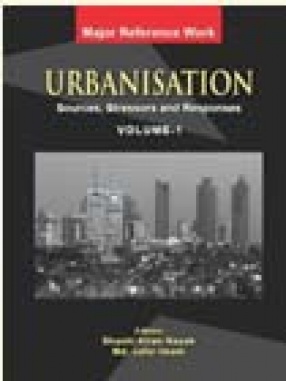
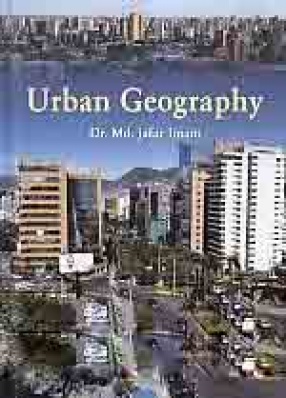

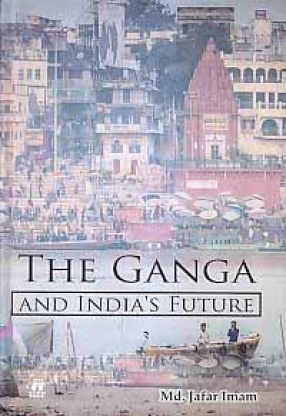

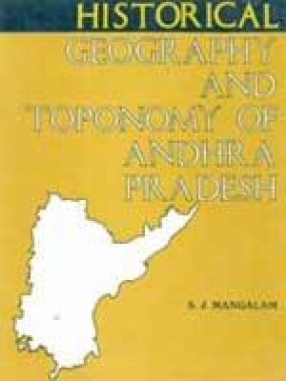
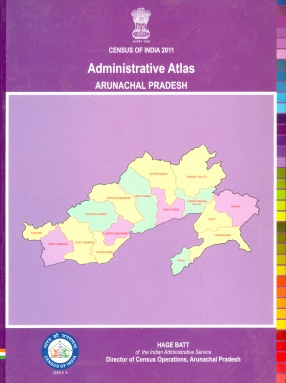
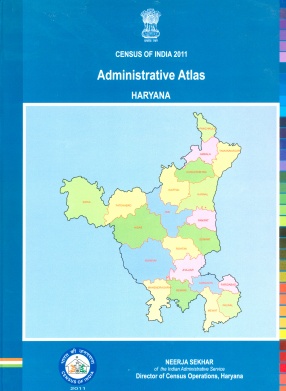
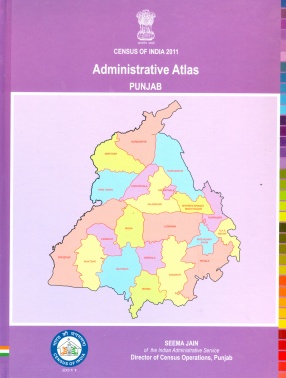

Bibliographic information
Md. Jafar Imam